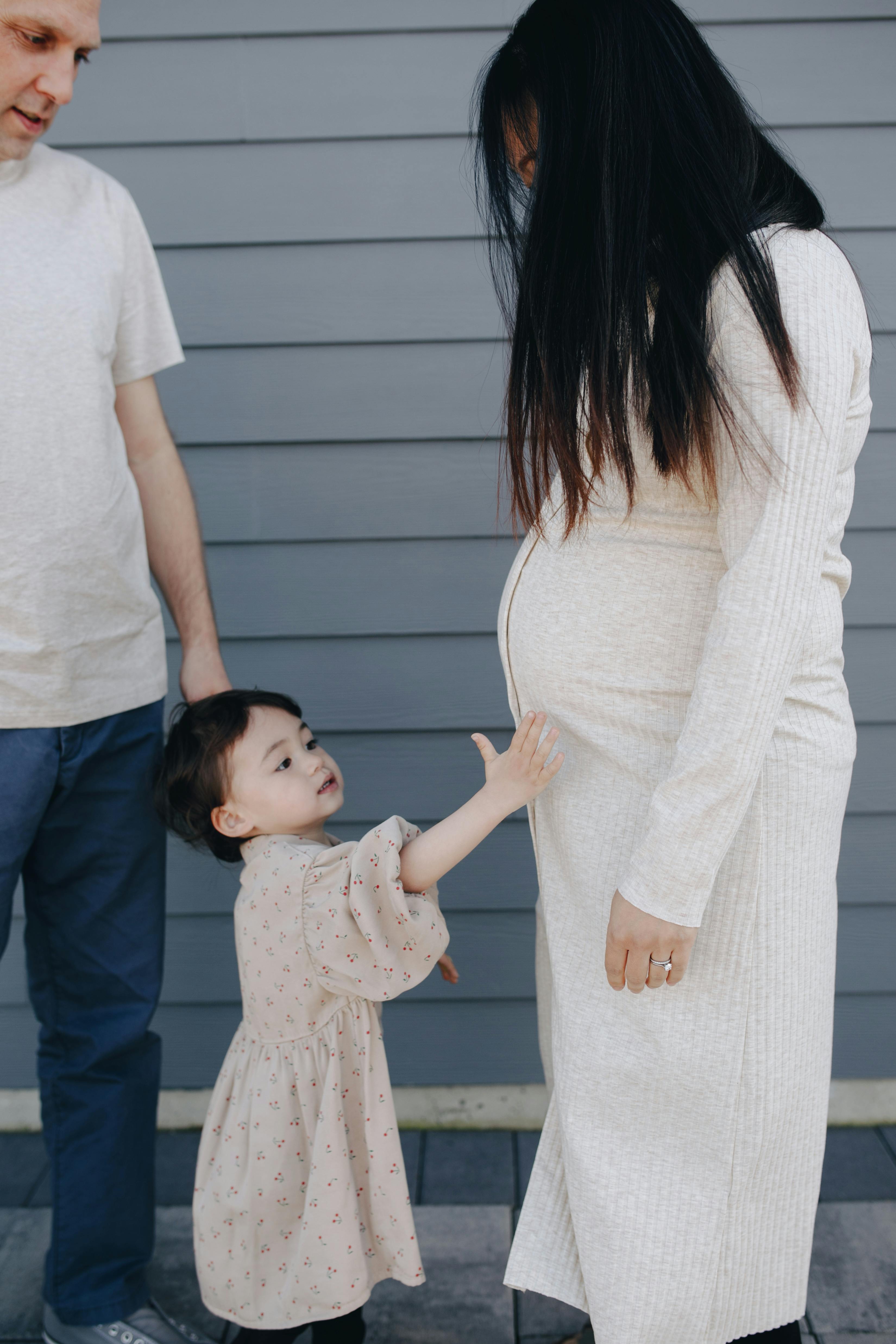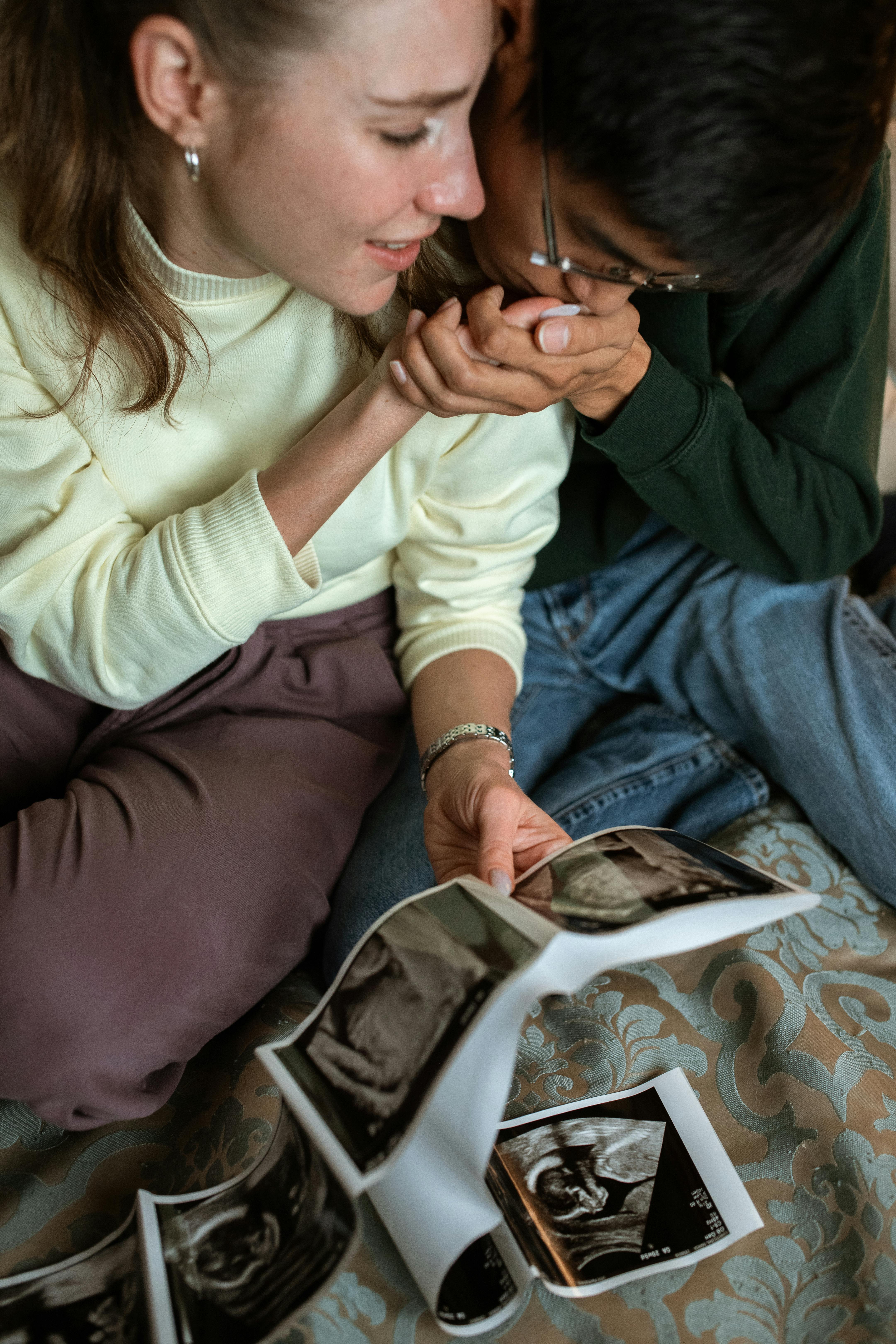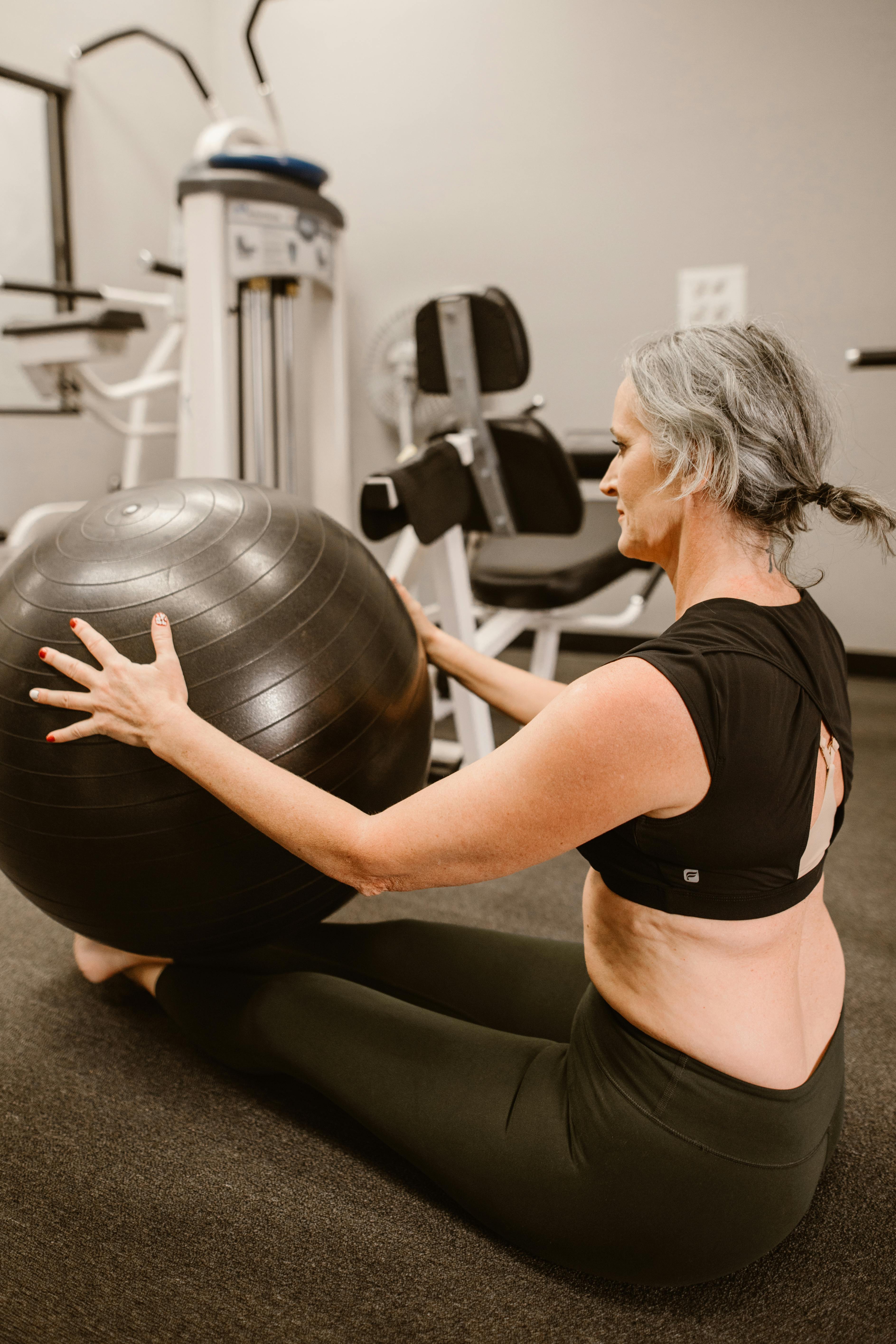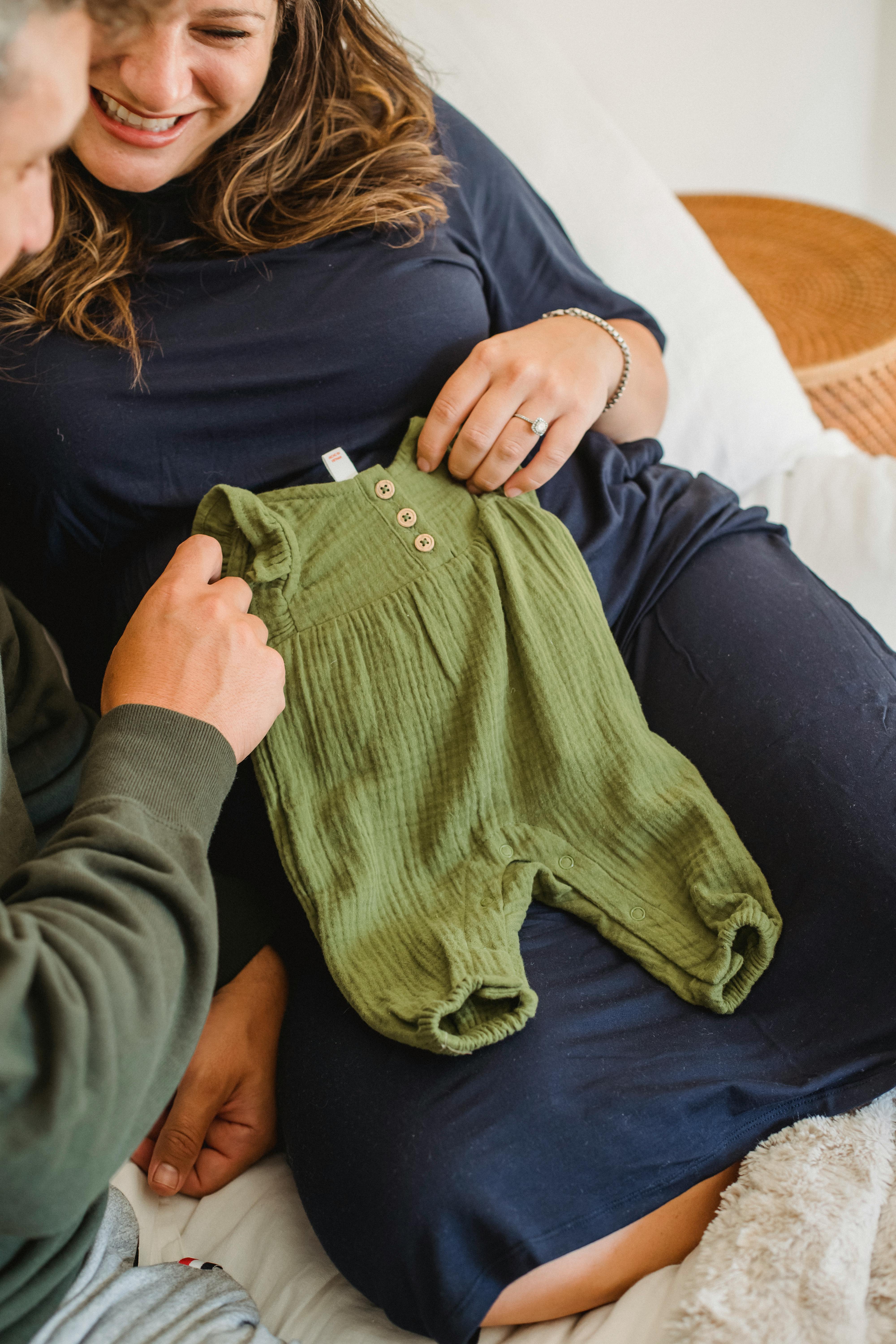Understanding the Safety and Benefits of Letting Your Baby Sleep in a Playpen: A Comprehensive Guide

When it comes to baby sleep, every parent has a myriad of questions. "Where should my baby sleep?" "How can I ensure their safety during sleep?" are common concerns. One of the options, which has become a topic of discussion among parents, is the use of a playpen for their infant’s nap times. This article provides a comprehensive guide on understanding the safety and benefits of letting your baby sleep in a playpen.
Understanding Playpens: Not Just a Play Space
Playpens, originally designed as a secure place for infants and toddlers to play, have evolved into versatile child care tools. Modern playpens come with a variety of features, serving not just as an enclosed play area but also sometimes offering diaper changing stations, bassinet inserts, and even mobiles. Most importantly, due to their design and safety features, they've also become a sleep spot option for some parents.
The Safety Factor: Can Babies Safely Sleep in a Playpen?
Safety is, undoubtedly, a key concern for any parent considering letting their infant sleep in a playpen. Babies, especially newborns, are delicate and need careful attention to their sleeping environment. The good news, however, is that a properly used playpen can indeed be a safe sleep space for a child.
Modern playpens are designed with safety standards in mind. These include mesh sides for ventilation, padding on the top rails, and a sturdy frame to prevent tipping. However, safety is also greatly dependent on the way the playpen is used. For instance, experts recommend not adding extra padding, pillows, blankets, or toys, as these could pose a suffocation risk.
Understanding SIDS and the Safe Sleep Guidelines
Sudden Infant Death Syndrome (SIDS) is a tragic occurrence that all parents want to avoid. For this reason, it's vital to understand the safe sleep guidelines outlined by the American Academy of Pediatrics. These guidelines stipulate that babies should always sleep on their backs, on a firm sleep surface, in the same room as the parents, but not the same bed, for at least the first six months to a year. A playpen can meet these guidelines, provided it doesn't contain the extra accessories mentioned earlier.
The Benefits of Using a Playpen as a Sleep Spot
Now that we understand the safety aspects, we can explore the benefits of using a playpen for baby's sleep:
Convenience: A playpen is portable and can be easily moved around the house, keeping your baby close by while you go about your tasks.
Consistency: Keeping a child's sleep environment consistent helps develop their sleep patterns.
Flexibility: Playpens are ideal for travel. They can provide a familiar sleep environment for your baby, no matter where you are.
Space-saving: A playpen can be a practical sleep solution for those with limited space.
Conclusion: Is a Playpen Right for Your Baby?
Ultimately, the decision of letting your baby sleep in a playpen comes down to personal preference and lifestyle needs. If used safely, maintaining adherence to expert guidelines and recommendations, a playpen can effectively double up as a safe sleeping spot for your baby. As always, every child is unique, and what works for one may not for another. Parents should make their decision considering their baby's comfort, their lifestyle, and, most importantly, the safety rules around using a playpen for sleep.





